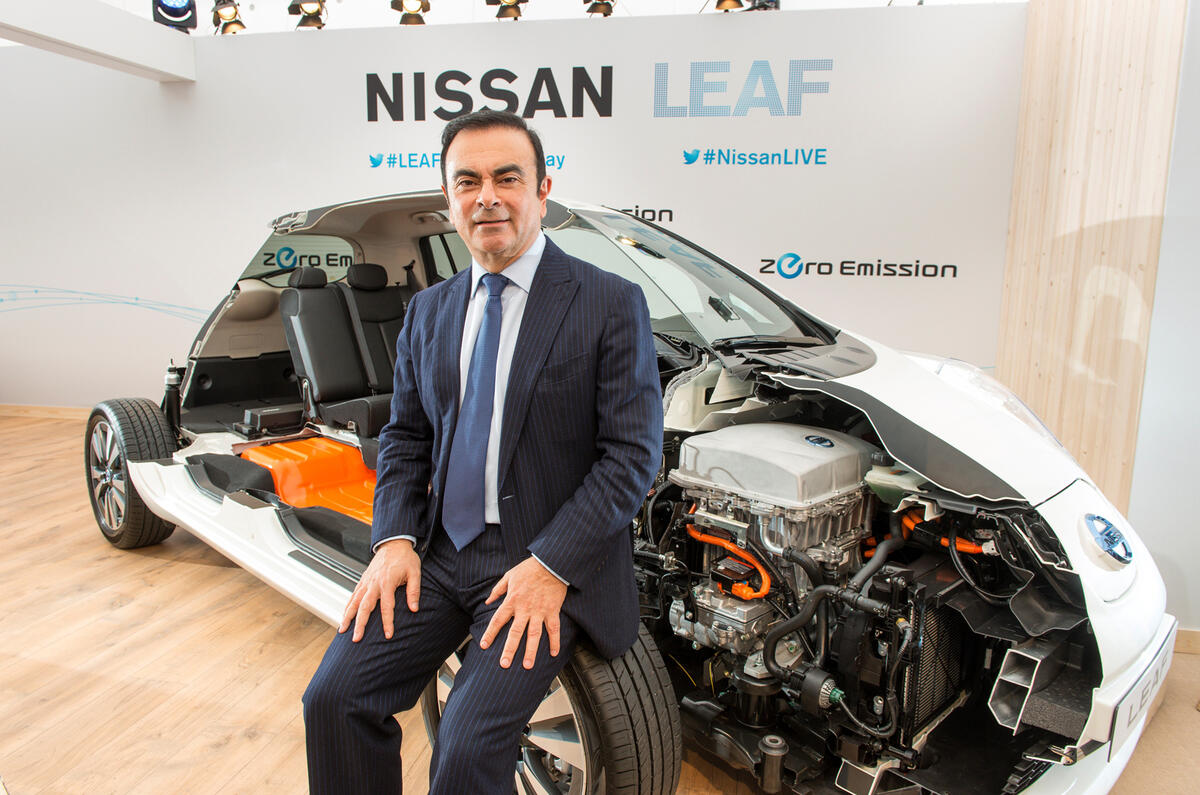This week’s news that Carlos Ghosn is stepping down as CEO of Nissan will send a tremor through the Daichi Tamachi tower block in the Minato-ku area of Tokyo.
Floor five of that sober office is the front door into Mitsubishi Motors, now part of the Renault-Nissan Alliance, which took control in October last year for £1.7 billion. Now the alliance's chief, Ghosn, is about to turn his beady eye on its new partner.
So far, Nissan has kept quiet about its plans for Mitsubishi, referring to “synergies to enhance profit margins” and it is true that Mitsubishi doesn’t need slash-and-burn, largely because the past decade has been filled with restructuring.
The global factory network, for example, which once included European, US and Australian plants, has been slimmed to three assembly plants in Japan – Ozazaki, Mizushima, Sakagura – plus Thailand and Philippines pick-up and commercial plants.
Engines and transmissions are sourced from two powertrain plants, one in Kyoto and the other in Shiga, plus an Asian site for the pick-ups.
And five R&D centres support production with design and development.
What Mitsubishi needs urgently is the dynamism of product planning and decision-making that Ghosn has proven very adept at since Renault merged with Nissan in 1999. Particularly putting investment into the right products with the right quality. Mitsubishi has a good foundation, its plug-in hybrid technology is cutting-edge and its global dealer network is an asset.
Ghosn has already told the Automotive News trade publication that his plan is “massive” and will involve co-operation with both Nissan and Renault. The US is said to be a huge focus, which could mean a return to US manufacture.
Mitsubishi’s new product pipeline needs a number of significant decisions, which will put Ghosn back in contact with the former head of design at Nissan luxury brand Infiniti, Tsunehiro Kunimoto, who joined Mitsubishi two years ago and has created the ‘Dynamic Shield’ graphic for future models.





Join the debate
Add your comment
Agree with Jaybond
Return of Mitsubishi saloons & hatches
RE: Return of Mitsubishi saloons and hatches
Mitsubishi in the States